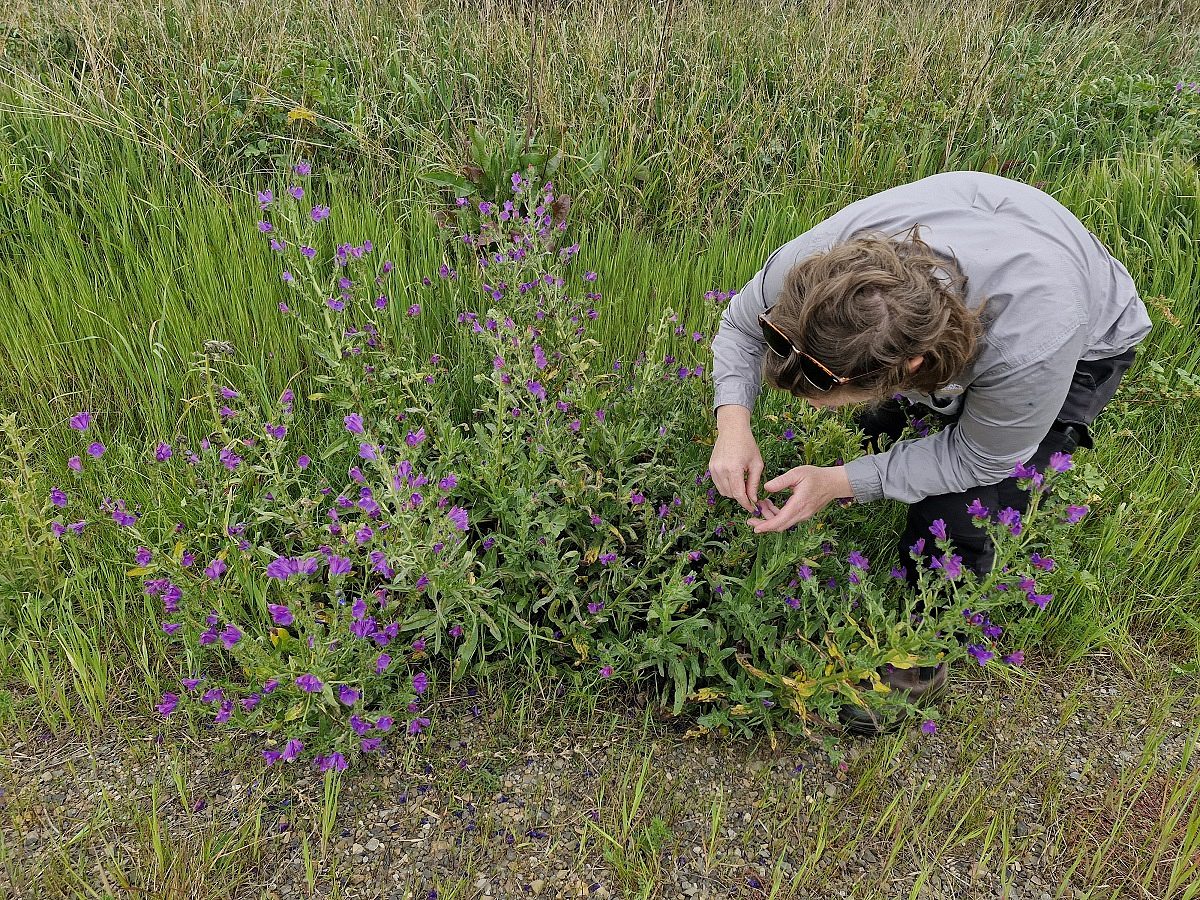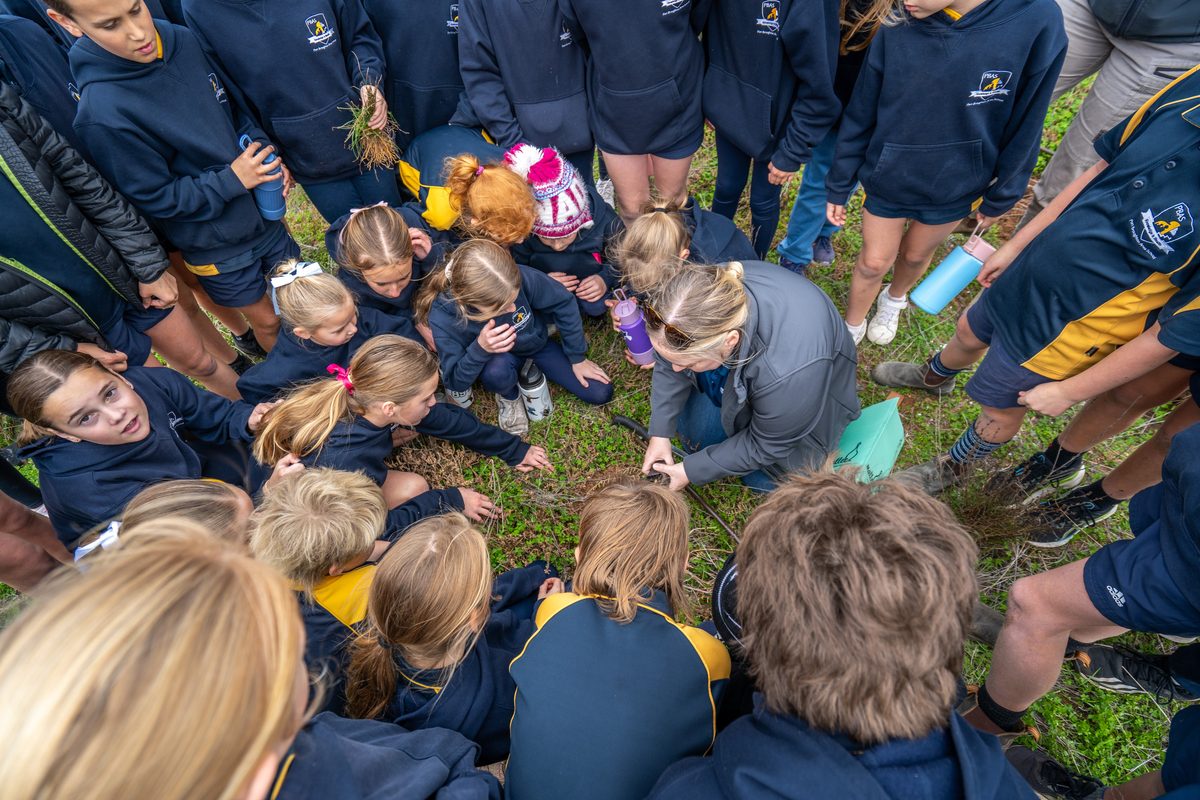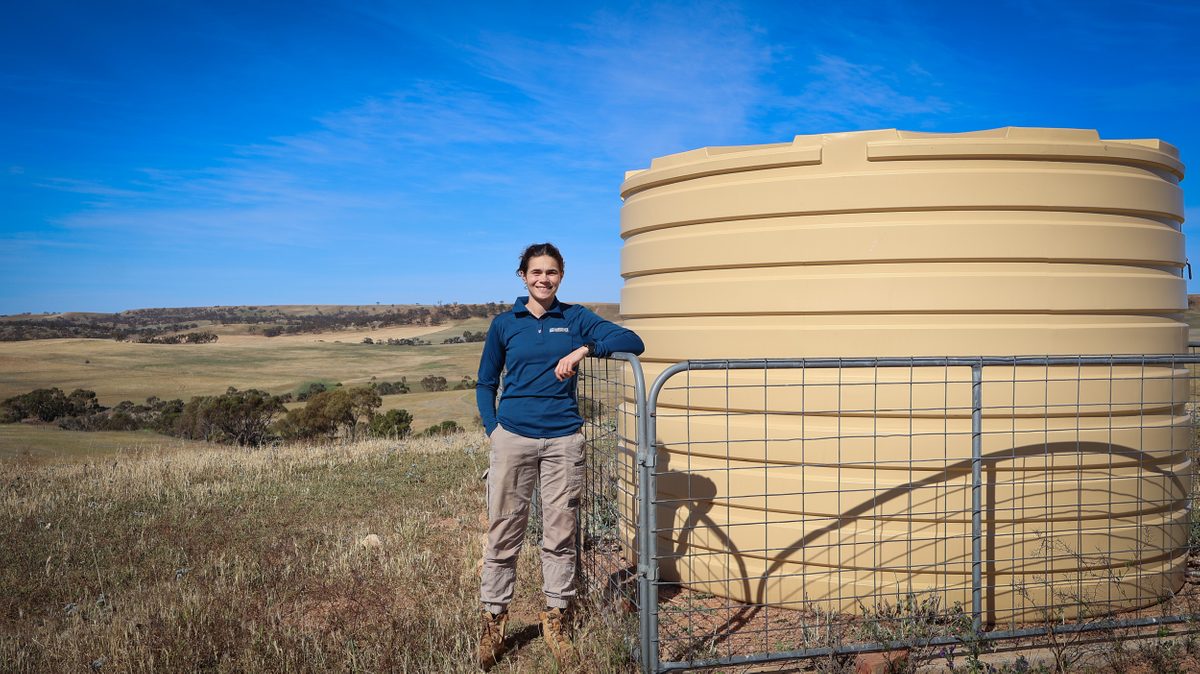Endangered daisy given new life at Banrock Station
Endangered daisy given new life at Banrock Station
An endangered daisy shrub, first collected by Burke and Wills in central New South Wales in 1860, will be translocated from the Mid North to the Riverland.
The Spiny Daisy was thought to be extinct until its rediscovery near Laura in South Australia’s Mid North in 1999, but has not been sighted in the Riverland since the original recording in 1910.
On Thursday 24 July, in a collaborative effort between the Department of Environment, Water and Natural Resources, Banrock Station Environmental Trust and Trees For Life, a recovery team will plant 360 spiny daisy tube stock plants at Banrock Station Wine and Wetland Centre in an effort to re-establish the plant in the region.
Conservation and Land Management Threatened Species Ecologist Doug Bickerton says with only six natural populations of the Spiny Daisy in existence in SA, all currently located in the Mid North, replanting in the Riverland will increase the chances of survival for the species.
“The significance of this exercise is that this is the first planting in another region outside of the Mid North, and it’s also a re-introduction into an area we knew it was growing a century ago,” he says.
“All of the natural populations are clonal, which means we have only six genotypes of the species, so the best way to ensure the species is saved from extinction is to have as many plantings as possible.
The Spiny Daisy is listed as critically endangered under the Commonwealth’s Environment Protection and Biodiversity Conservation Act (1999), and is endangered in SA.
With the experience of 17 translocation exercises within the Mid North region since its rediscovery in 1999, the recovery team is confident the translocation of the Spiny Daisy back to the Riverland will be successful.
“We’re very confident because we have this historical record that the plant was growing here successfully 100 years ago.”
“We’ve spent time out travelling around looking at potential sites in the Riverland area, looking at soil types, possible threats and suitable habitat and we’re confident that the three sites we’ve chosen on the Banrock Station Wine and Wetland Centre will be the ideal planting location for them, added Mr Bickerton”
Dr Christophe Tourenq, Banrock Station Wetland Manager, is excited to be welcoming the rare daisy to the wetland centre. “It’s not every day you get the chance to help bring a species back from the brink; especially a species that is connected to the history of Australian exploration,” said Dr Tourenq.


